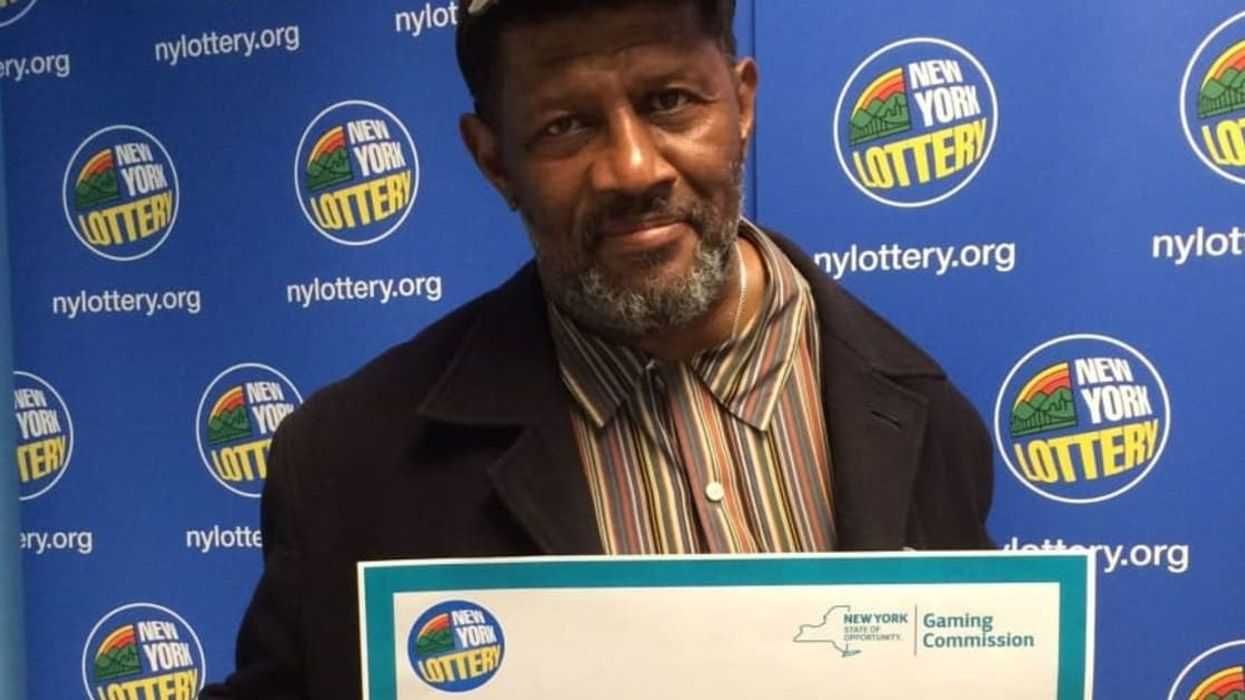How the four biggest disease-eradication efforts will make progress in 2009.
1 The Global Alliance for Vaccines and ImmunizationBetween 2000 and 2008, the Global Alliance, which is partially funded by the Bill & Melinda Gates Foundation, averted a cumulative 3.4 million future deaths from yellow fever, diphtheria, and tetanus. It also protected 213 million children with new and underused vaccines; even more immunizations are expected in 2009.2 The Carter CenterIn 2009, the Carter Center, whose health programs focus on some of the world's most neglected and ignored diseases, will continue to treat guinea worm disease and river blindness in Nigeria and Niger. Its aims include stopping the transmission of the diseases altogether. By the end of 2007, guinea worm disease was endemic only in Sudan, Ghana, Mali, Nigeria, and Niger.3 The Global Fund to Fight AIDS, Tuberculosis, and MalariaTo date, the Global Fund has committed $11.4 billion to more than 550 public-health programs in 136 countries to intervene against AIDS, tuberculosis, and malaria. Global Fund support has also provided AIDS treatment for 1.75 million people, TB treatment for 3.9 million people, and distribution of 59 million insecticide-treated bed nets to prevent malaria. The Global Fund projects a potential $6-billion to $8-billion increase per year in the next two years-representing a tripling in size compared to 2006-from public and private sources.4 Global Malaria FundIn September, 2008, world leaders gathered at the Millennium Development Goals Malaria Summit in New York City to unveil an unprecedented $3-billion commitment to end malaria, including funds from the Gates Foundation and the World Bank. The action plan lays out a strategy for reducing death and illness from malaria by half from 2000 levels by boosting access to bed nets, indoor spraying, and diagnosis and treatment for all in need by 2010.
















 Otis knew before they did.
Otis knew before they did.